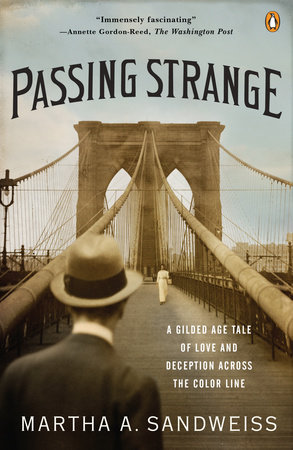History News Network
December 2009
Renee Romano, Associate Professor of History
Oberlin College
“Property Rites: The Rhinelander Trial, Passing, and the Protection of Whiteness” (University of North Carolina Press, 2009)
On a fall evening in 1921, eighteen-year old Leonard “Kip” Rhinelander, the son of one of New York’s oldest and wealthiest families, met Alice Jones, a 22-year old maid. After a complicated romance, the two married in 1924. But only one month after their wedding, news reports began to circulate that Rhinelander’s new bride was “colored,” the daughter of a white British mother and a father of “colored” West Indian origins. Under intense pressure from his family, Leonard deserted his new wife and appealed to the New York courts to annul his marriage on the grounds that Alice had deceived him about her race. The 1925 Rhinelander annulment trial became a media spectacle, and as historian Elizabeth Smith-Pryor asserts in her fine new book, a “social drama” that revealed the anxieties of white northerners about racial instability in response to sweeping cultural and demographic changes during the Jazz Age.
Closely analyzing the Rhinelander trial in the historical context of the 1920s, Smith-Pryor explores why the public became obsessed with the tale of Kip Rhinelander and Alice Jones and what that obsession reveals about the expansion and strengthening of racial hierarchies in the North in the period after the Great Migration. Two migrations—that of immigrants from eastern and southern Europe to the United States, and that of southern blacks to northern cities—intensified anxieties in the North about how to determine race and how to uphold and maintain racial boundaries in the 1920s. Whites sought to find new ways to shore up the boundaries of race, and as Smith-Pryor ably demonstrates, although Alice ultimately won the case, the Rhinelander trial became an important site for reasserting notions of race that served to uphold and maintain privilege…
Read the entire book review here.




